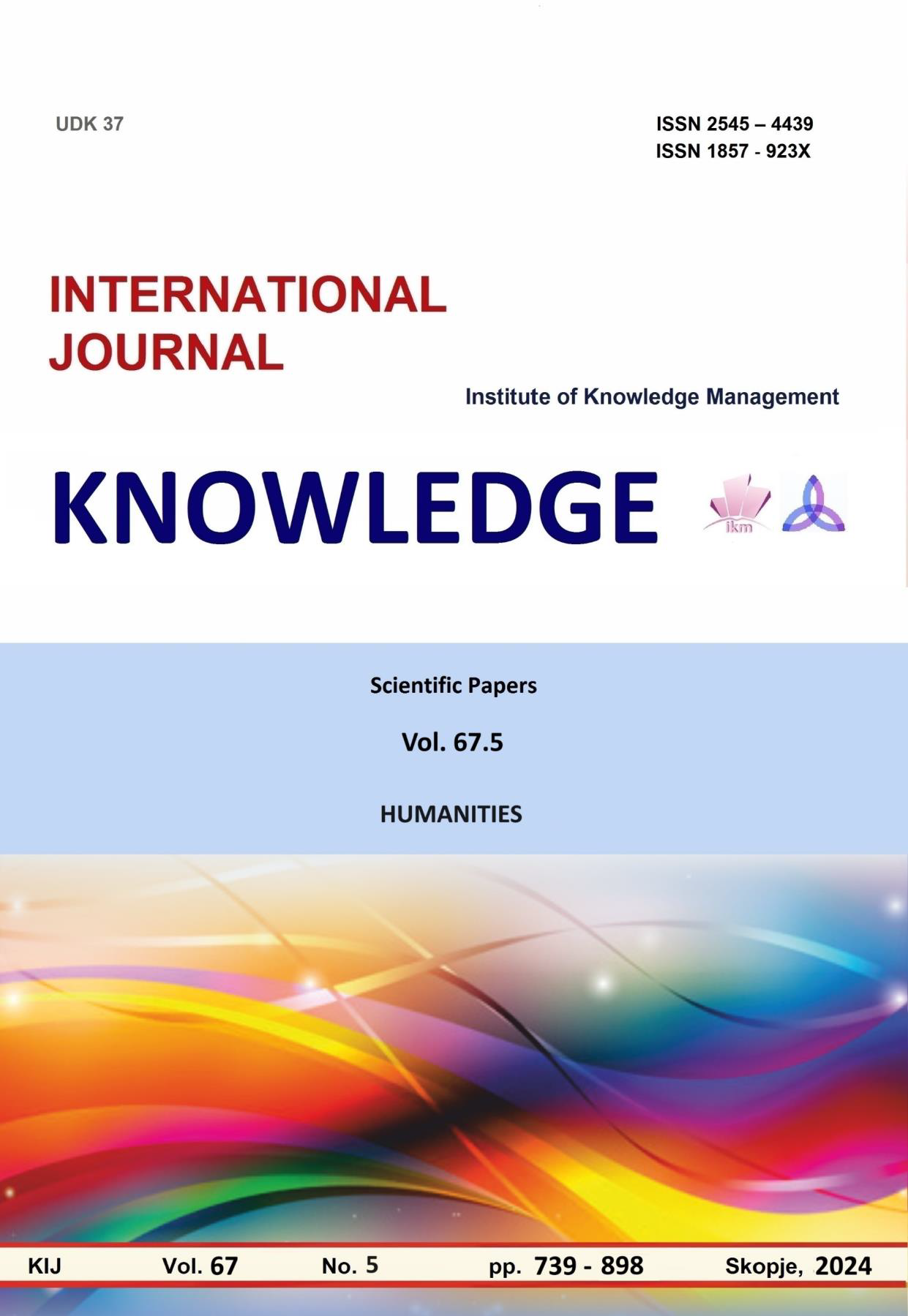DIMINUTIVE FORMS OF FAMILY MEMBERS IN ENGLISH AND SLOVAK LANGUAGE - CORPUS BASED ANALYSIS
DIMINUTIVE FORMS OF FAMILY MEMBERS IN ENGLISH AND SLOVAK LANGUAGE - CORPUS BASED ANALYSIS
Author(s): Marianna HudcovičováSubject(s): Language and Literature Studies, Theoretical Linguistics, Morphology, Lexis, Comparative Linguistics
Published by: Scientific Institute of Management and Knowledge
Keywords: linguistics;corpus linguistics;electronic corpora;family;diminutive form
Summary/Abstract: The study concentrates on the analysis of diminutive forms of the members of the family, i.e. mother, father, daughter, son in English and Slovak language. We are able to detect specific suffixes in order to create diminutive forms. The target is to compare these known suffixes and analyse their occurrence, frequency and usage in the electronic corpora. For the purpose of the research Slovak – English Parallel Corpus (par-sken-all-4.0-sk, par-sken-all-4.0-en) was used. The research will focus on approaches used in traditional linguistics and their possible and effective relationship with the approaches within corpus linguistics. In the corpus linguistics, there are used mathematical, statistical methods that enable us to analyse precisely linguistic items. The article will concentrate on application of electronic corpora tools, i.e. average rate frequency, frequency, occurrence in linguistic analysis. Moreover, it will offer experiences and methodological guidelines towards the corpus-based analysis of linguistics. Specific topics to deal with are e.g. morphological characteristics, analysis of the morphemes, word-formation analysis and lexical analysis. In the field of traditional linguistics, linguistic analyses have predominantly focused on the structural aspects of language, with the objective of identifying the various structural units and classes that constitute the language. Conversely, the corpus-based approach places greater emphasis on language use, specifically how speakers and writers make use of the resources available to them within their language. The corpus-based approach studies the actual language use in naturally occurring texts, which are characterised by an authentic character. The electronic corpus allows for the study of the behaviour of individual words. It is capable of identifying words that occur with greater or lesser frequency. In the field of grammar, we can examine a specific grammatical construction with restrictions on form or context can be examined. This allows us to investigate the factors that determine the choice of one construction over another, which may be influenced by factors such as lexis, grammar, or stylistic considerations. The spectrum of the contexts may enrich the general linguistic picture thanks to identification of the genre of the analysed words in the context of the sentence. The aim of the article is to present approaches how to combine methods of traditional linguistics and corpus linguistics in order to prepare the objective linguistic analysis. Thank to large corpora and data, they enable us to analyse linguistic items with precision, to quantify the typical features of linguistic items and to detect the use of diminutive forms representing the members of the family across genres and registers in both languages.
Journal: Knowledge - International Journal
- Issue Year: 67/2024
- Issue No: 5
- Page Range: 815-820
- Page Count: 6
- Language: English

